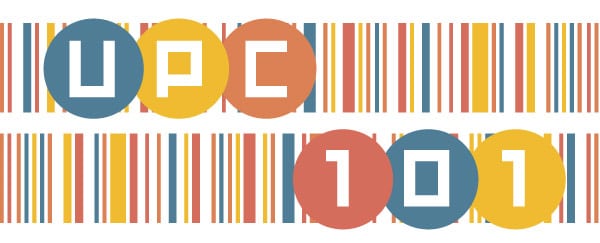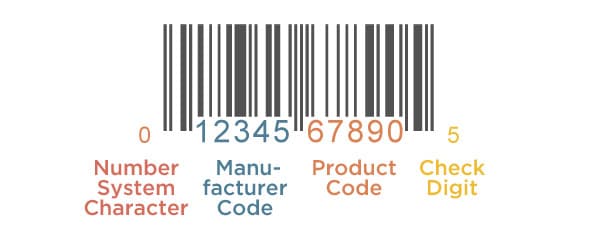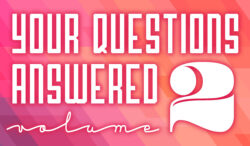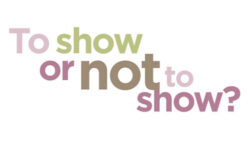We often get asked about UPCs. How do I get one? How much does it cost? Here is your retail packaging UPC 101:
UPC vs. Barcode.
First let’s clarity the difference between a UPC and a barcode:
UPC stands for Universal Product Code and is the set of numbers.
The barcode is the actual number and lines together. Only the lines get scanned, but the numbers go with it so a human can read it too.
How a UPC is constructed.
Next, let’s look at the anatomy of the US retail UPC-A barcode. The amount of product code numbers and manufacturer code numbers will vary based on how many products the manufacturer registers for. In this example we’ll assume there are 5 manufacturer code numbers.
The first small digit on the left is called the Number System Character. The next 5 are the Manufacturer Code digits, then 5 more digits for the Product Code and the very last digit on the right is called the Check Digit. The Check Digit is calculated based on all the other numbers in the UPC as a additional check for errors in the numbers.
Buying a UPC.
There are two options for buying a UPC:
1. Get a GS1 Company Prefix. GS1 is the international nonprofit association dedicated to global specifications in supply chains which includes barcodes. If you do this option, the first 5 digits of the barcode after the leading digit are unique to your company and are the same on every single UPC for your company. No one else can use that set of 5 numbers. You can make up any numerical code after that, and often these remaining 5 numbers are used internally to categorize your product line. For example you can assign digits to distinguish among different product lines, product sizes, product types, or any other differentiating features among your product assortment as desired. The cost to register with the GCUPC is at least $750 and there is a yearly fee of at least $150. This option is suitable if you have or will have a large number of products in your assortment. Once you have your GS1 Company Prefix, you can create as many different UPCs as you need. GS1 reports that it takes about 5 days to process a membership application once it is complete. We run the UPC through barcode software to create the actual barcode used on the product.
2. Buy UPCs from a reseller. A great site for this is ezupc.com. (No one’s playing us to plug them, we use them occasionally and they’ve been great.) They buy UPCs in bulk from GS1 and resell the individual UPCs. At the time of this writing it is $19.99 per UPC, and if you buy more there are bulk discounts. It comes with ready-to-place barcode files in various formats, along with documentation proof to verify the legitimacy of the UPC with retailers who require it. The company reports that there are some larger resellers that may not accept these barcodes, so if that is a factor then go with option 1 above. Buying from a site like this, you can have your UPCs in about a day. The numbers for each UPC are random yet each barcode is unique. This is a good option if you have a small amount of products in your assortment.
A few more things about barcodes.
Only products that are identical in every way (type, size, etc) can have the same UPCs.
You can’t just change the numbers in the barcode to create a new one. The barcode lines have to change as well, therefore each different UPC needs to be run through barcode software (in option 2, the provider does this for you) to create the new barcode.
The barcode scale can change slightly from the size at which it is output, however we recommend keeping it at 100% scale whenever possible for maximum usability. However you can shorten the barcode lines to better fit the label. A barcode scanner needs only to scan one horizontal line across. The higher the bars, the more room there is to scan and therefore it is easier to scan. If you are working with a vector barcode, you can change the size and font of the numbers. You can also move the Number System Character and Check Digit (which are often spaced apart from the rest of the barcode) in closer to the barcode if your label is cramped for space.
UPCs should always have high contrast and be dark on a light background, ideally black on white (plain black, not a rich black), in order to scan effectively.





